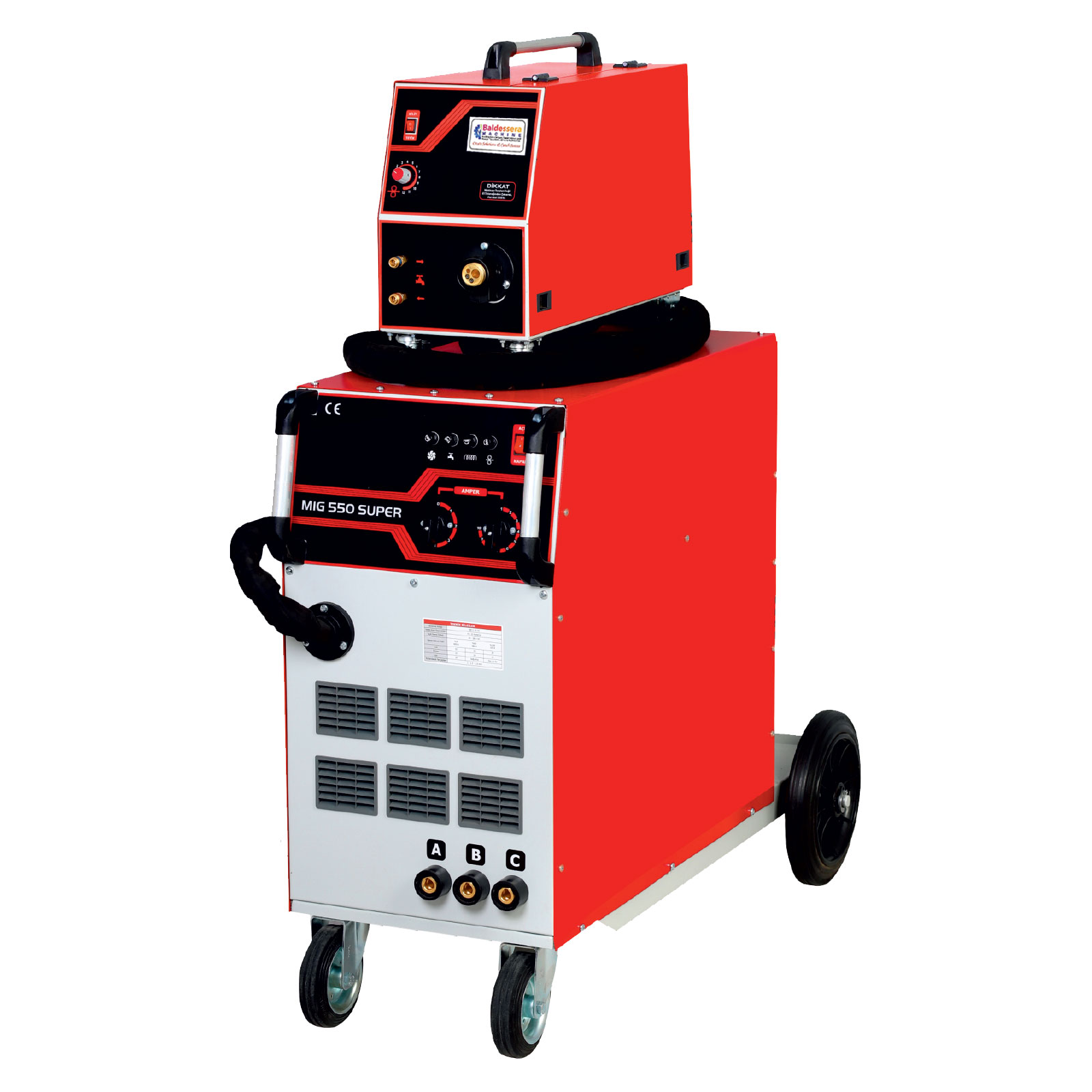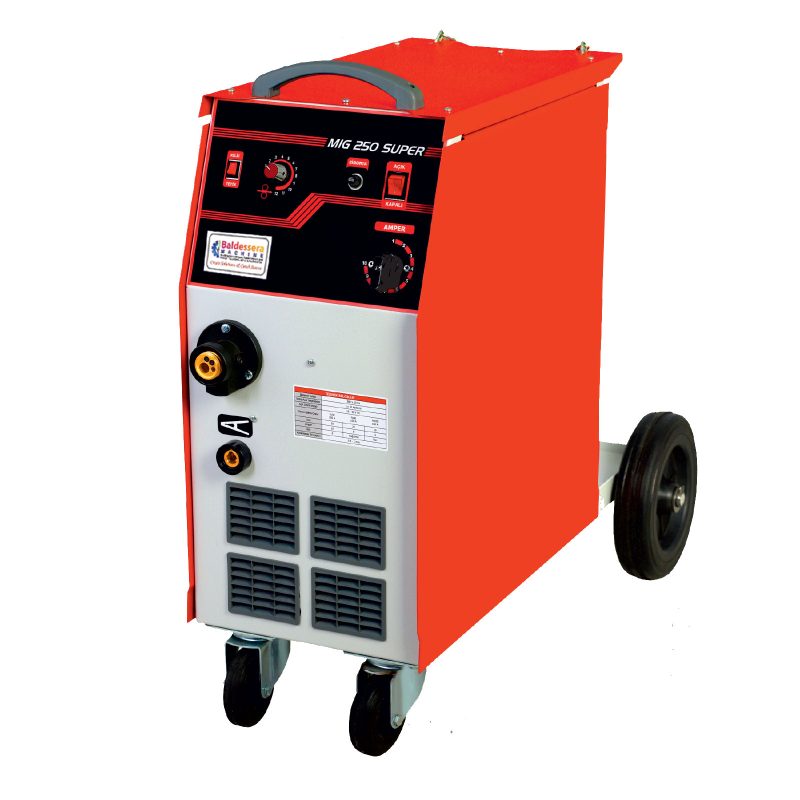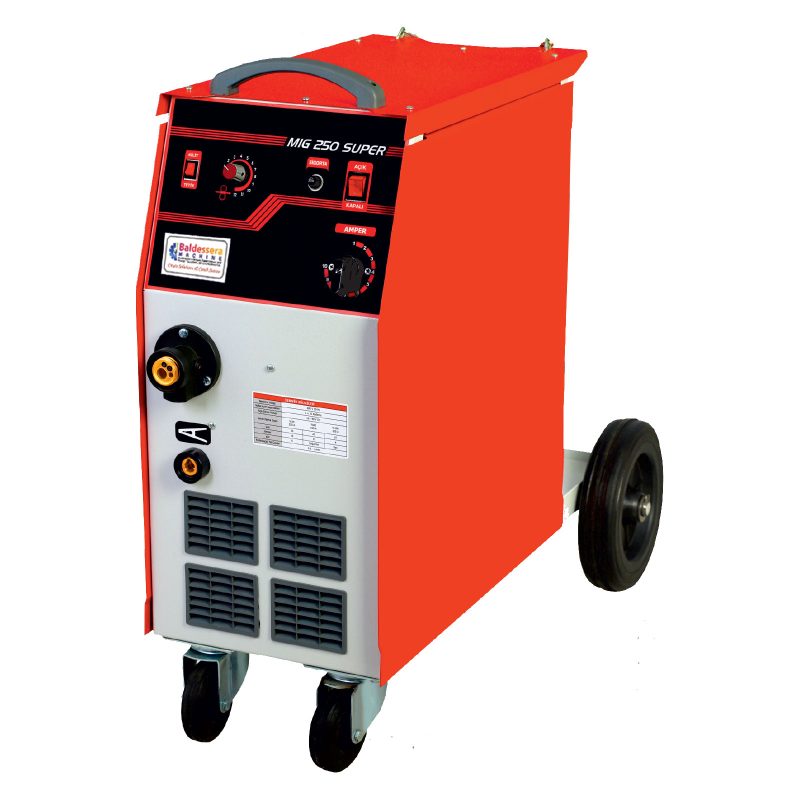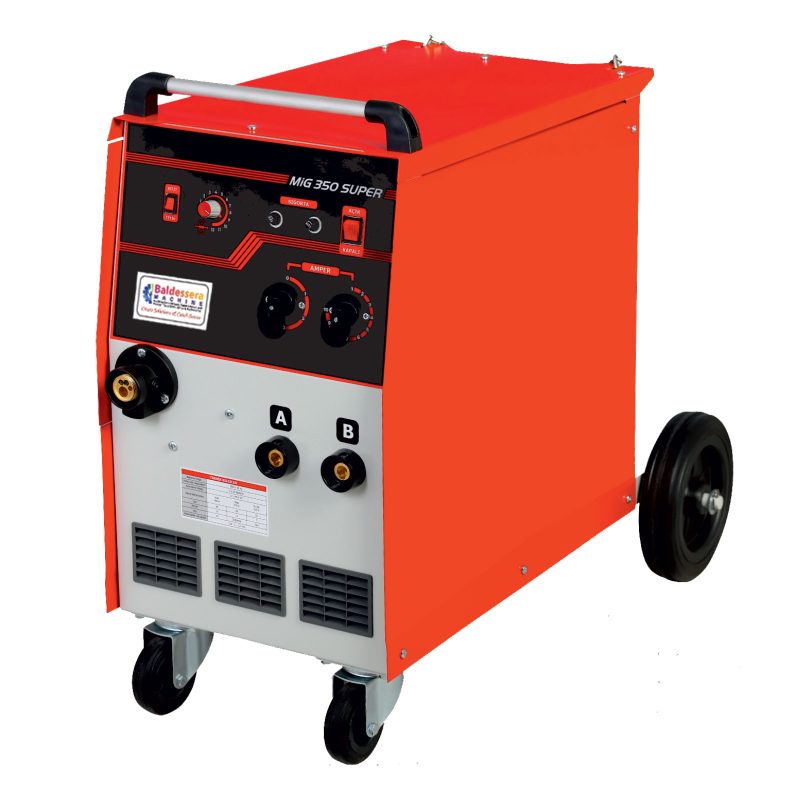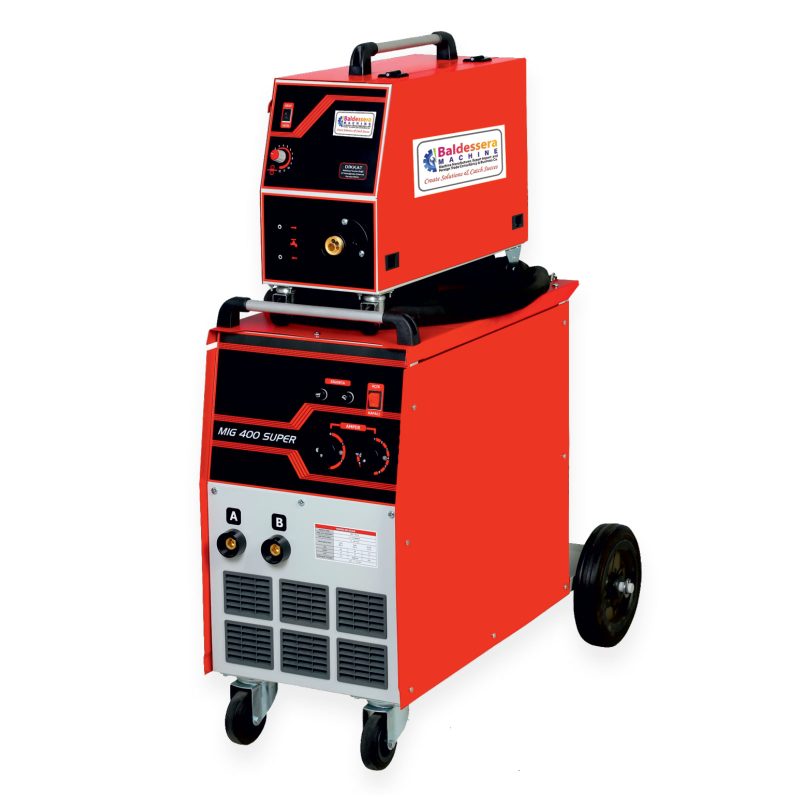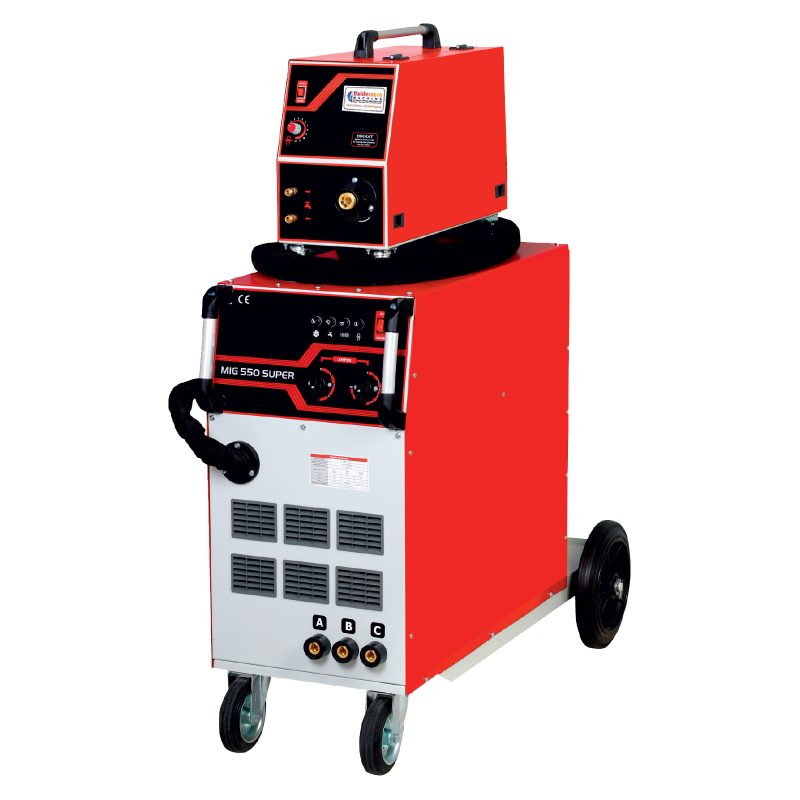1. **Wire Feed Mechanism**: Automatically feeds the welding wire at a set speed, allowing for a smoother and faster welding process.
2. **Gas Shielding**: Typically uses argon or a mix of argon and carbon dioxide to protect the weld from oxidation and contamination.
3. **Versatility**: Suitable for welding a variety of metals, including steel, aluminum, and stainless steel.
4. **Ease of Use**: Generally easier for beginners to learn compared to other welding methods like TIG or Stick welding.
5. **Portability**: Available in various sizes, including compact models that are easy to transport.
Types of MIG Welding Machines
**Gas-Metal Arc Welding (GMAW)**: The standard MIG welding process using inert gas.
**Flux-Cored Arc Welding (FCAW)**: A variant that uses a tubular wire filled with flux, often used outdoors where wind could disperse shielding gas.
Considerations When Choosing a MIG Welder
**Amperage Range**: Ensure it covers the thickness of materials you'll be working with.
**Power Source**: Options include 110V, 220V, or multi-voltage machines.
**Duty Cycle**: Indicates how long you can weld before the machine needs to cool down.
**Features**: Look for adjustable wire speed and voltage settings for greater control.
If you have specific needs or projects in mind, I can help narrow down the options further!




